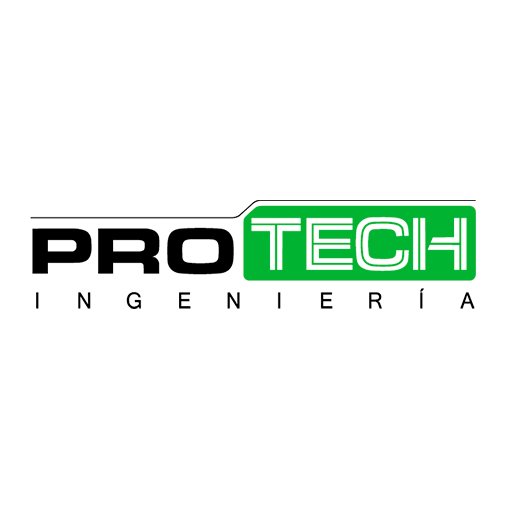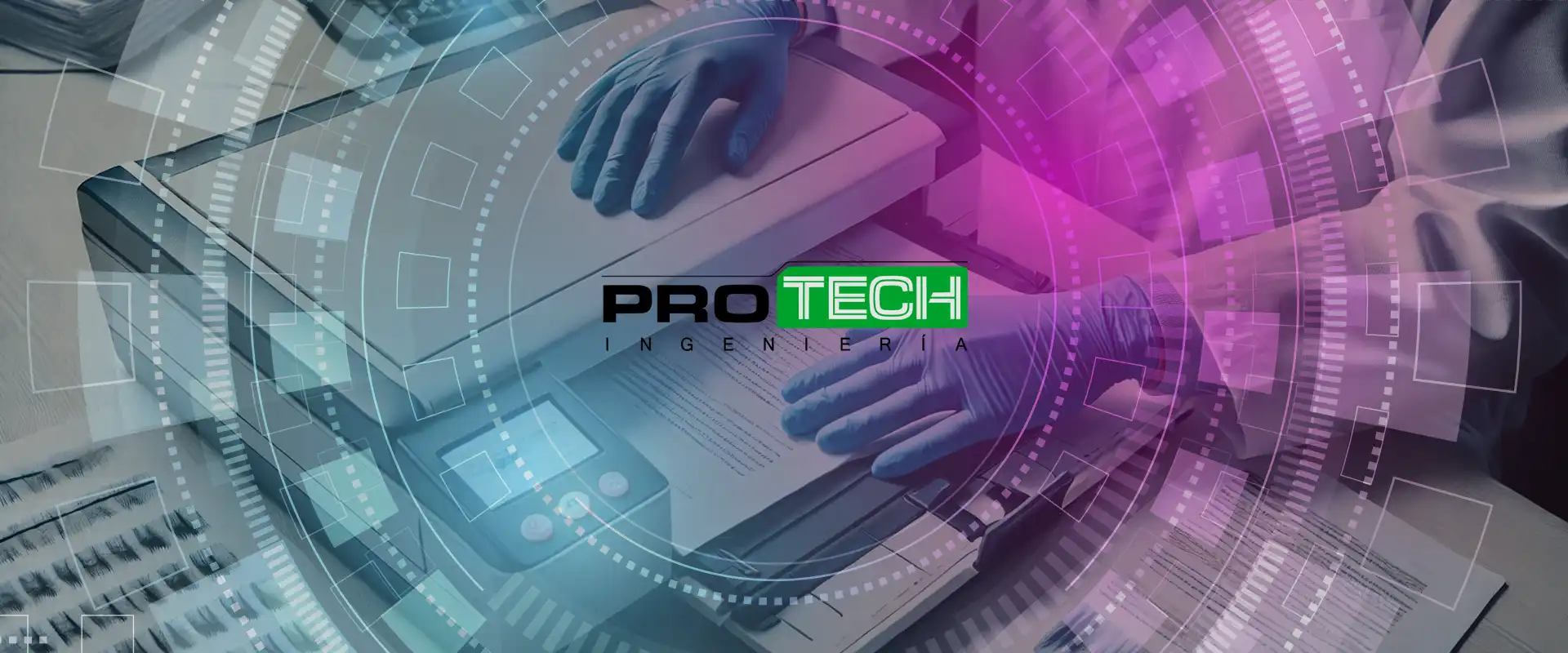Key Components of a Document Management System
To handle large volumes of information, organizations turn to systems that allow them to manage documentation much more efficiently. The key components of a Document Management System are not limited to providing a centralized repository for storing information. An effective system must also coordinate and control all aspects related to documents, from their creation or receipt to their secure storage and location.
According to the Ministry of National Education (MEN) through its Document Management Program (PGD), it defines a plan aimed at facilitating the identification, management, classification, organization, preservation, and disposal of public information. This plan covers everything from the creation of documents to their final disposal, ensuring their permanent preservation or, if necessary, their elimination.
Key Components of an Effective Document Management System
To guarantee the authenticity, integrity, and reliability of documents, and to allow access at any time, a system must include key components that facilitate the management of large volumes of information. These 9 key components for an effective Document Management System ensure that documents are always available, organized, and protected:
Information Classification
Proper classification is essential for organizing, searching, and retrieving information quickly. The 9 key components of an effective document management system include the use of categories, subcategories, and metadata to catalog documents. This enhances the internal search engine's performance and allows users to find documents using various criteria. Without proper classification, document management loses efficiency, and the time spent locating crucial information increases.
Integration Capability
A document management system should be able to integrate with other solutions used within the organization. This is one of the 9 key components of an effective document management system, as it allows different departments to access the same documents for various purposes. Integration with third-party applications prevents data duplication and ensures that information flows consistently and reliably, contributing to faster and more accurate decision-making.
Version Control
In collaborative environments, having version control is essential to make changes and revisions without losing the history of modifications. One of the key components of an effective document management system is the traceability of documents, ensuring that any changes are documented and previous versions can be reverted to if needed. This not only improves the final quality of the document but also prevents errors caused by simultaneous or poorly synchronized edits.

“Discover How an Effective Document Management System Can Transform the Way Your Organization Handles Information!..“
9 Key Components for an Effective Document Management System
For a Document Management System (DMS) to be effective and deliver consistent results, it must include the following key components:
1. Efficient Storage:
One of the key components of an effective document management system is ensuring the preservation and immediate retrieval of all data, regardless of format. The storage capacity must be robust and flexible to accommodate the growth of information.
2. Optimized Classification System:
An efficient classification system allows for granting access permissions to both individuals and groups, facilitating the security and confidentiality of documents. This is a crucial component as it ensures that each user can only access the information they need.
3. Immediate Information Retrieval:
Finding information quickly should be easy. A good system should allow interrelated searches to access documents using various search criteria.
4. Flawless Security:
Protecting information from cyberattacks and data loss is essential. Security is one of the key components of an effective document management system, safeguarding an organization’s most valuable assets—its information.
5. Document Custody System:
This component differentiates between information that can be destroyed and that which must be archived indefinitely, ensuring the company meets its legal and regulatory obligations.
6. Information Management and Distribution:
An effective system must allow for the selection of appropriate distribution channels, as well as quick access to relevant data for each department or user.
7. Workflow Optimization:
Mejorar los tiempos y los recursos dedicados a las tareas es otro de los componentes clave para un sistema de gestión documental eficaz, ayudando a las empresas a optimizar sus procesos y aumentar la productividad.
Creation of New Documents:
The system must facilitate the creation of new documents intuitively, compatible with the team’s skills, and prevent duplicated efforts.
9. Real Document Authentication:
This component ensures that documents can be presented to relevant authorities, meeting the necessary standards of authenticity and legality.
Characteristics of an Archival Document
It can demonstrate that it is what it claims to be, that it has been created or sent by the person who claims to have created or sent it, and that it was created or sent at the time it is stated to have been.
It is complete and unaltered.
It accurately and completely reflects the execution of activities or operations.
It can be located, retrieved, presented, and interpreted.
Contact Us Now!
Discover How an Effective Document Management System Can Transform the Way Your Organization Handles Information!
Contact Us







